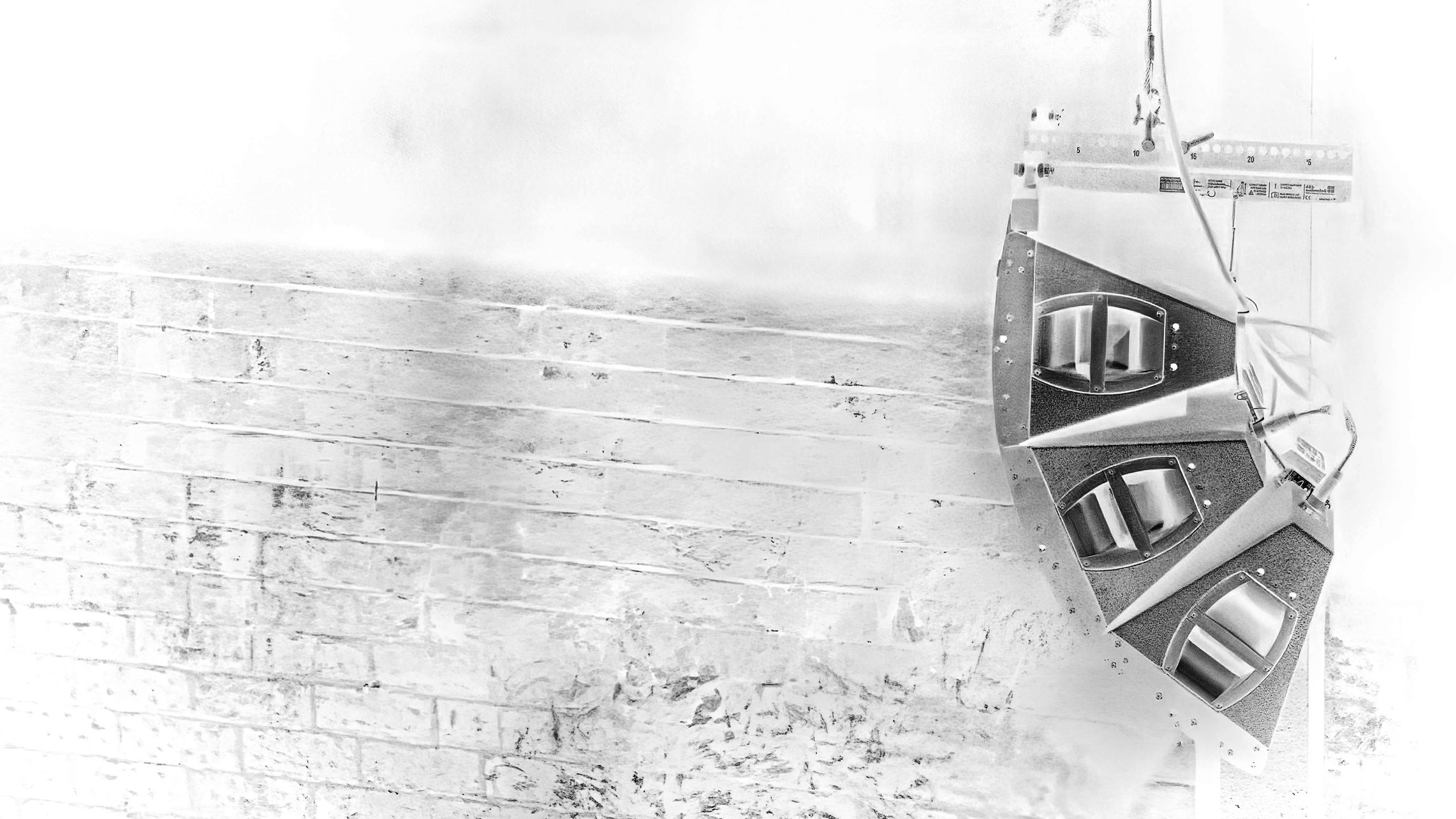The first week in the life of Western Audio’s new Q-Series system
Andrew Craig of Western Audio in New Zealand’s capital Wellington, giving a brief glimpse of the daring this company applies to new technology. “We took delivery of our new d&b audiotechnik Q-Series system on a Friday and I did the first show that following Sunday. I wanted to be the first to mix with it. It was easy to use, in fact I forgot the PA was there.”
“An enormous variety of shows, and that was just our first week.” Andrew Craig of Western Audio in New Zealand’s capital Wellington, giving a brief glimpse of the daring this company applies to new technology. “We took delivery of our new d&b audiotechnik Q-Series system on a Friday and I did the first show that following Sunday. I wanted to be the first to mix with it.” The show was a genteel introduction, “A little acoustic recital: guitars, mandolins and voices to a room of maybe four hundred people.” The d&b system delivered to Western Audio comprises Q1s, Q7s and Q-SUBs all driven by d&b’s D12 amplifier with system remote capabilities. “It was easy to use, in fact I forgot the PA was there.”
Two days later Craig was into an altogether more challenging environment and continued “The Opera House in Wellington is a fairly classic lyric theatre; the two thousand strong audience is on three levels. If you look at the auditorium in profile, in terms of the audio image there’s a focal point for the audience about twenty feet upstage. I flew two Q1s high up to cover the gods, then an inverted J-shape of Qs stage stacked beneath to cover the stalls and circle. I flew Q subwoofers as well, that’s an especially useful feature. The musical style is drum and bass, and the flying subwoofer capability of the Q system certainly enhanced the experience for the punters sitting in the uppermost areas of the gods. Without the flown subwoofers, coverage in to those areas tends to get a bit light in the LF department. For the main rig, to get the middle of the circle all the way back you need a lower trim, hence the split system.”
The music was a collision of old and new, drums and bass in the form of Shapeshifter, an internationally renowned avant-garde musical combo from NZ, and a thirty-two piece chamber orchestra making for a total of sixty input channels. Craig continued, “The band’s mix engineer Tiki Taane came in and said, ‘there’s not enough PA’. This guy is very skilled at containing the big dynamics of these shows; fortunately I’d worked with him enough before to convince him to go with the system. Afterwards he said, ‘that’s the best gig I’ve done in ages; I’m almost speechless, the PA was so responsive.’ He had done the same show a week earlier in Auckland and had experienced all sorts of gain problems with the orchestra; the spill back onto this stage with our system was minimal. They’ll be passing through Auckland again in May of 2007 and he’s already booked this system for the tour.”
Just to round off the week, Western Audio experienced another challenging environment for a Telecom AGM. “Telecom is New Zealand’s principal telecoms provider, but even so the AGM tends to be quite small, approximately five hundred seats. They had sent me a specification for the conference room, with the back row of the audience seventeen metres from the lectern. Because the ceiling was low and visual media presentation critical, I elected to hang just two Qs a side, the Q-Calc software showed more than adequate coverage to reach all seats across all frequencies. At the last minute they added three rows requiring another three metres of coverage. Out of curiosity I extended the existing Q-Calc model I was using and looked at the mid/high relationship. There was a dip in the HF sure enough. I went and sat at the seventeen-metres row and it sounded very natural; at the twenty metres row there was just a discernible softening on consonants, and I measured HF down 2dB. It was still perfectly acceptable for speech intelligibility, not that anyone sat there in the end. More importantly, it was exactly what the software predicted. My faith in the system, since I first had it demonstrated to me by Shane Bailey at National Audio Systems in Australia, has absolutely been reinforced. There is nothing that cannot be done with this Q-Series.”


